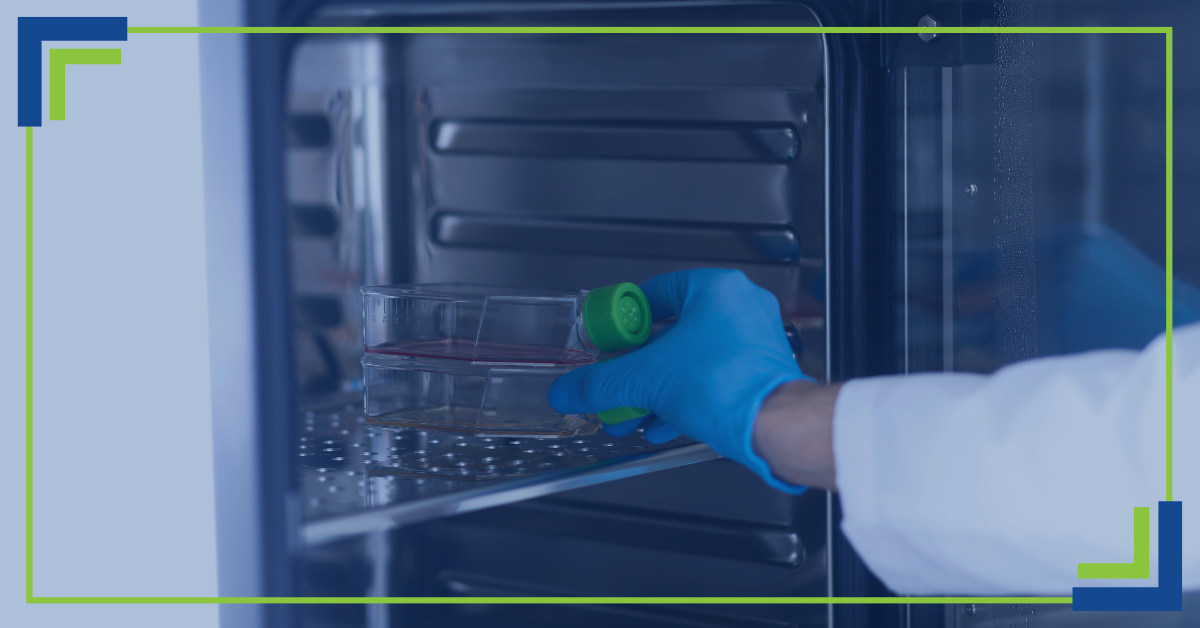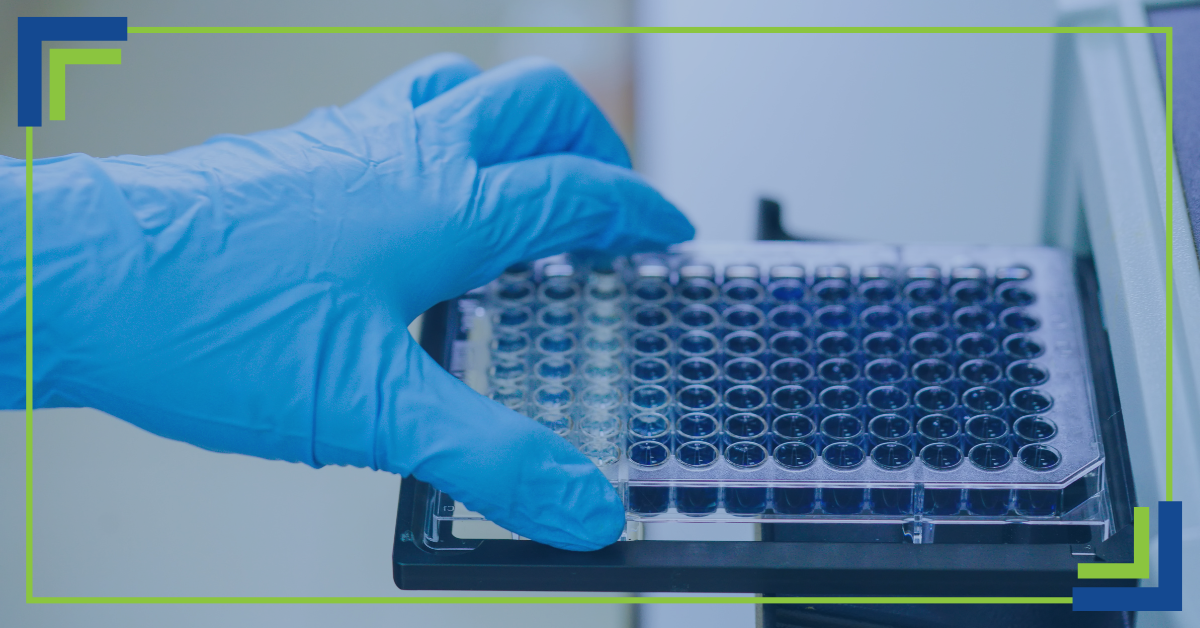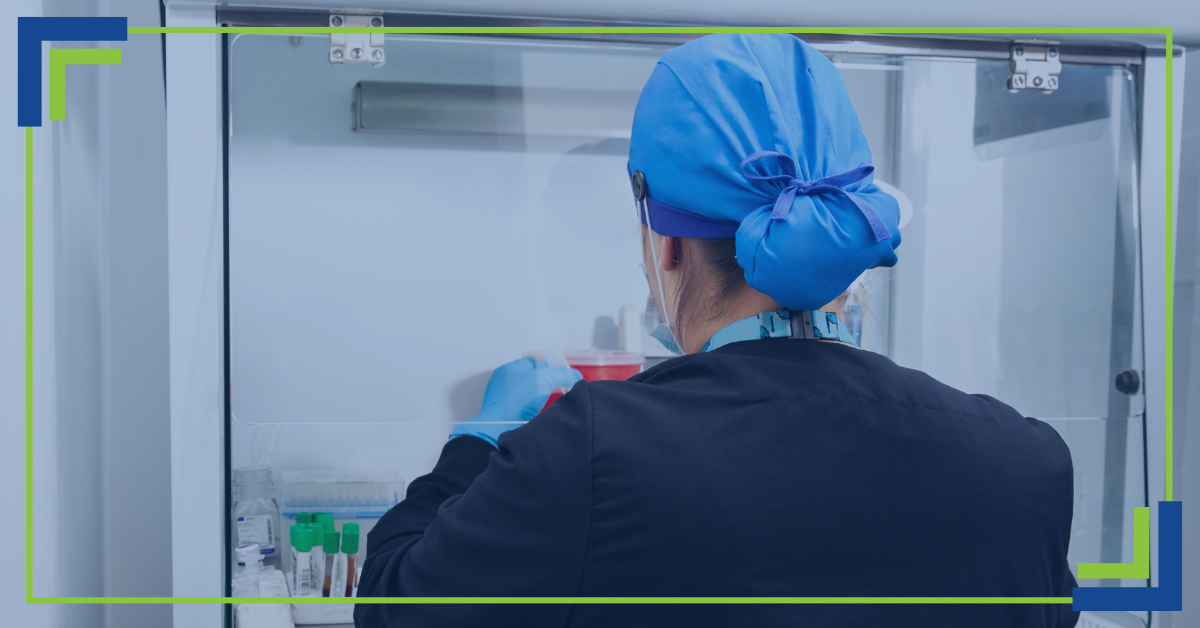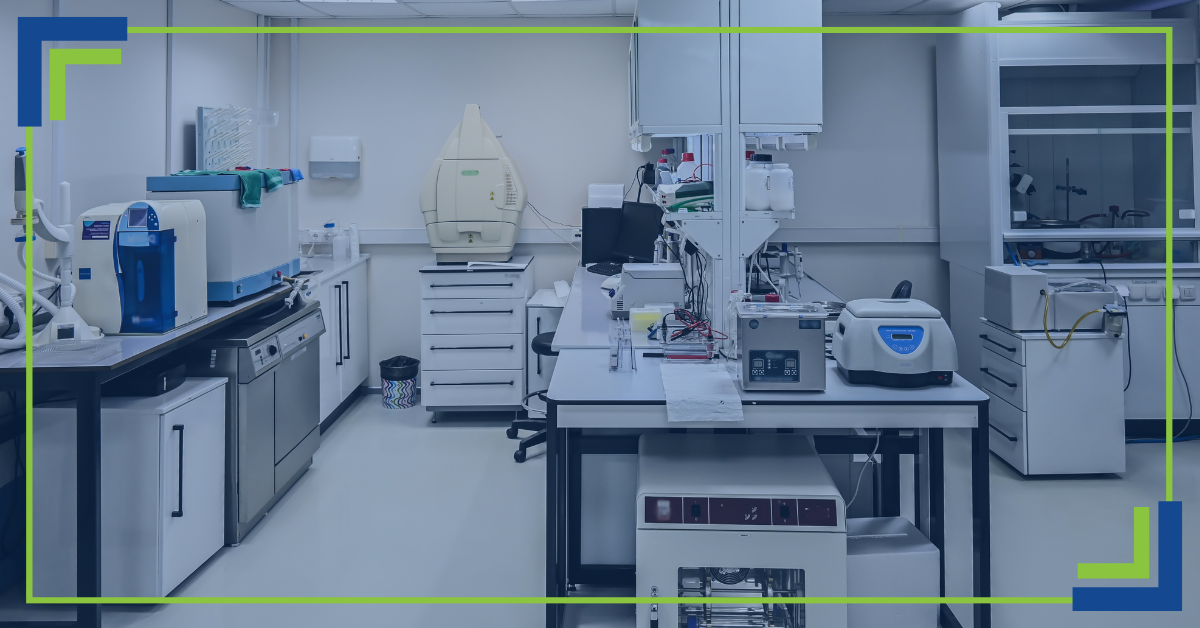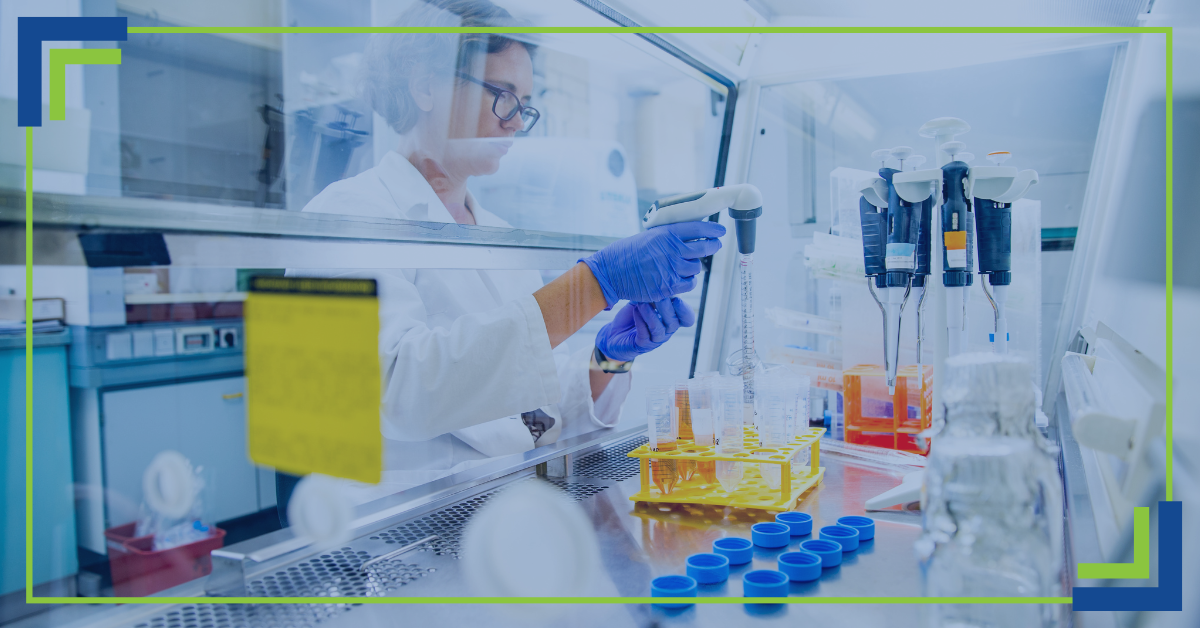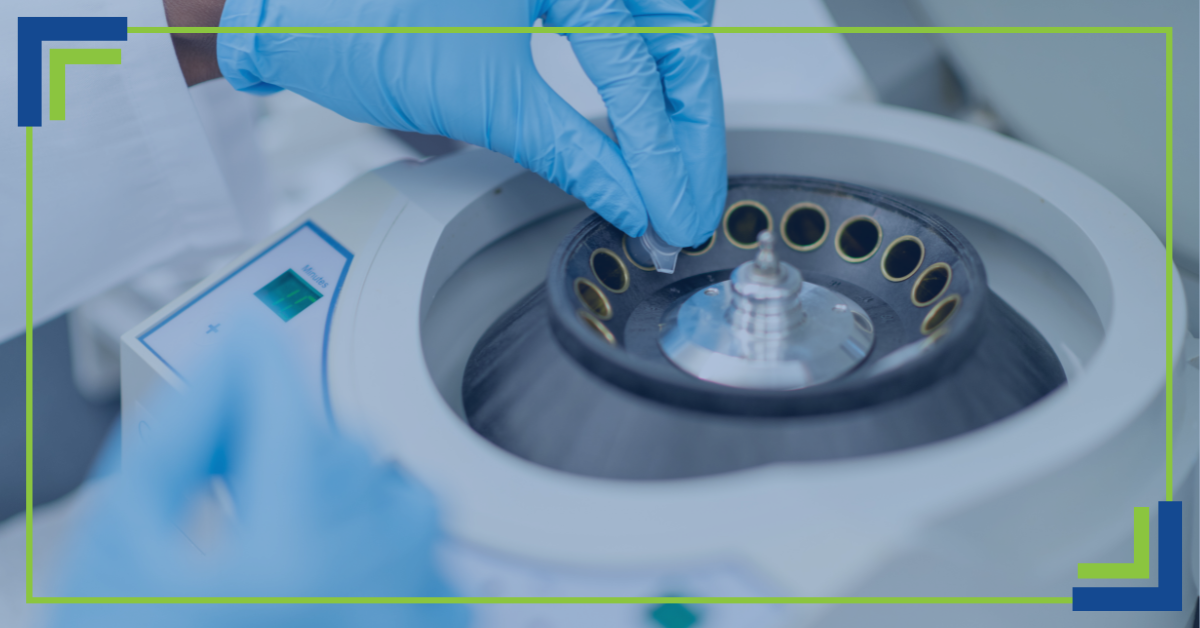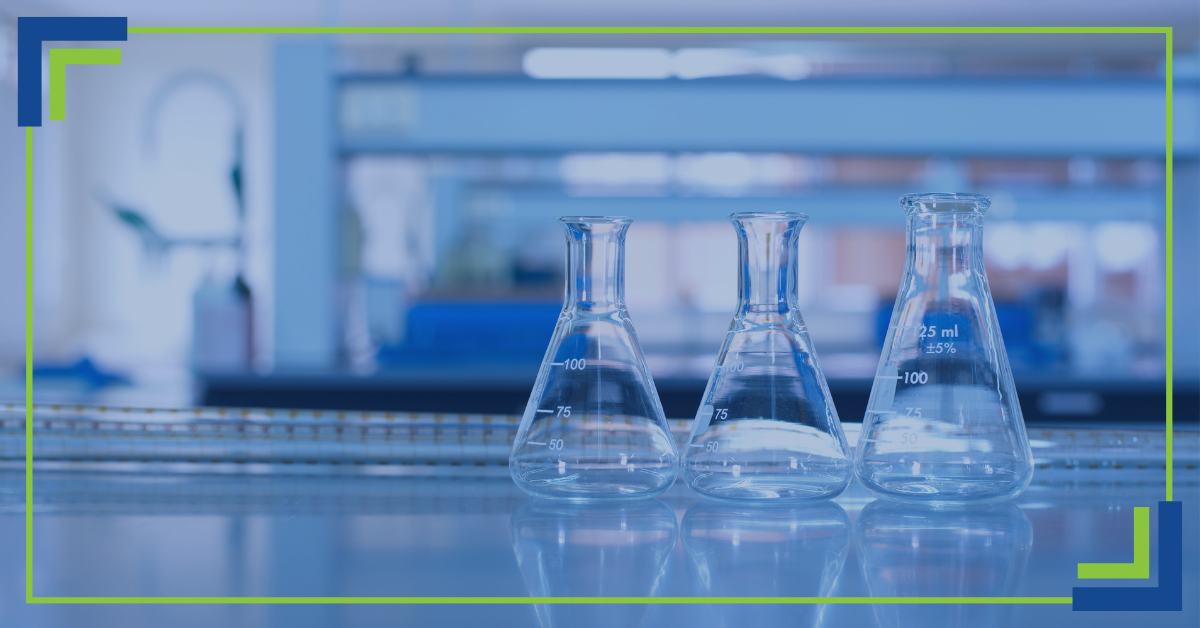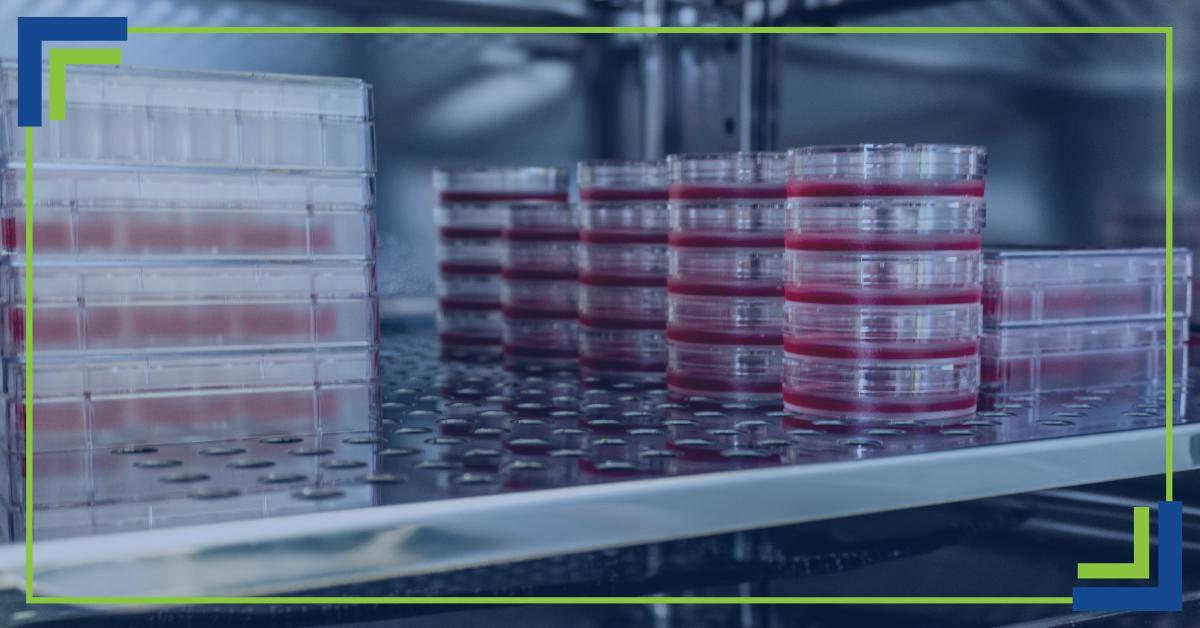
Last month, we discussed a staple of scientific research, an essential addition to any laboratory: the lab incubator. Now, we want to take a closer look at this device, namely the different types available for different kinds of research and experimentation.
We know incubators are essential tools in scientific research, diagnostics, and other related applications, but knowing which kind is best suited to a specific goal is paramount to success in the scientific field. Different experiments have different requirements, so let’s break down the different laboratory incubator categories.
Standard Lab Incubator
This is your basic laboratory incubator. But don’t mistake “basic” for low quality. It’s much the opposite, in fact, thanks to its ability to carry out a bevy of general, oft-necessary jobs in a lab—albeit with fewer bells and whistles. They can maintain stable temperatures above ambient levels, and they’re typically pretty user-friendly.
Their common applications include:
- Educational laboratories for microbiology experimentation
- Routine research that involves bacteria and yeast cultures
- The study of cell growth and development
If your laboratory doesn’t have advanced needs, and instead focuses on standard experimentation, this is a must-have incubator that doesn’t break the bank with features you’ll likely never use.
CO2 Incubator
Are you working in a lab that deals primarily with cell and tissue cultures? A CO2 laboratory incubator is an invaluable addition. It’s preferred in places where environmental control is a make-or-break factor in research. This is thanks to its ability to precisely control temperature, humidity, and carbon dioxide levels. The goal is to mimic the environment in which the cells you’re studying are accustomed to existing.
Here are some key benefits:
- Proper pH is maintained thanks to stable CO2 levels.
- Samples don’t dry out thanks to proper humidity levels being maintained.
- Ideal for research into medical, pharmaceutical, and cancer applications.
If your lab works primarily with mammalian cells, this lab incubator will become its cornerstone. You simply can’t effectively conduct this kind of research without it.
Refrigerated Incubator
Need to turn down the temperature for a study that requires more frigid environments? This kind of laboratory incubator fits the bill. Don’t worry; it can also achieve higher temperatures like its counterparts if your research requires it.
Typical uses of a refrigerated incubator include:
- Enzyme activity experiments
- Environmental testing such as soil and water analyses
- Study of microbial growth at low temperatures
With a wider range of temperatures available, specialized experiments that require flexibility are made much simpler.
Shaker Incubator
Sometimes, controller incubation and continuous agitation are necessary for experiments. Enter the shaker incubator. It’s an indispensable tool for growing bacterial cultures and conducting protein expression studies.
Here are the primary advantages a shaker incubator provides:
- Uniform sample mixing
- Optimal microbial growth as a result of improved aeration
- High reproducibility of an experiment’s results
A shaker incubator is particularly useful in molecular biology and biochemistry labs. In these environments, liquid cultures are a frequent occurrence.
Hybrid/Multifunctional Incubator
Some labs have especially complex scientific needs. A wide temperature range may be needed, or the research stages could have vastly different parameters. Whatever the level of complexity, an incubator that can fulfill these requirements is important. That’s where a hybrid or multifunctional incubator comes into play.
These models are essential for combining features vital to experimentation—shaking, CO2 control, refrigeration, and so on. This offers you multiple capabilities within one system, meaning you don’t have to overinvest in multiple lab incubator variations.
Why are they so valuable?
- Able to fulfill a diverse range of projects
- Space-saving designs compared to utilizing and storing multiple incubators
- Great for laboratories that have ever-evolving research needs
Which Lab Incubator is Right for You?
When it comes to selecting all the right pieces of equipment for your laboratory, an incubator is probably high on your list of priorities. It mainly comes down to the kind of research you intend on conducting. Will you be studying enzyme activity? Monitoring microbial growth? Researching medical applications? Maybe you’ll just need a more general-purpose laboratory incubator, but it’s important to make this distinction before purchasing.
If you’d like to browse our selection of incubators, you can click here or browse our site on your own. There’s plenty to discover (and it all has a quality guarantee). Still unsure of which decision to make? Not a problem. Get in touch with us and we’ll be happy to help you choose the right lab incubator for your scientific endeavors!

